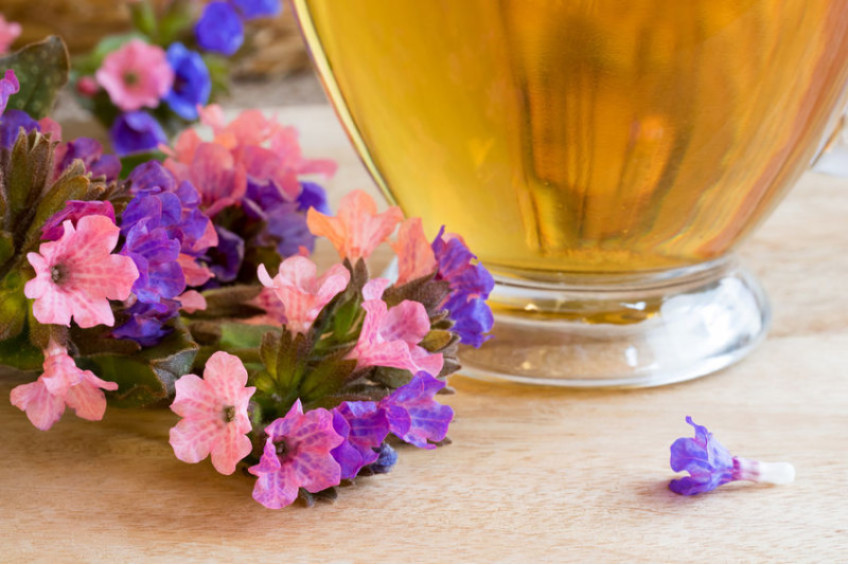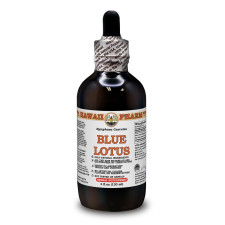- Home
- Alcohol Herbal Extracts
- Alcohol-FREE Herbal Extracts
- Veterinary Herbal Extracts
- Partnership
Partnership
We are open for cooperation with all interested persons or organizations. We have plenty of partners from all around the world and are looking for a long-term cooperation with new ones. At the present time we offer the following cooperation models:

WHOLESALER
We offer up to 30% discounts for wholesalers. The exact discount amount is dependent on your order amount, quantity and size of items. Minimum order amount is $300.

PRACTITIONER
Only for licensed practitioners! Create an account as practitioner and get special exclusive promotions. This kind of account is required manual approve.

AFFILIATE PROGRAM
Do you recommend us to your friends, family, colleagues and/or clients? If so: Thanks! We really appreciate it! Join our affiliate program. It’s by far the best way to monetize your Twitter or Facebook page, blog, or website.
- Blog
- Contact Us

LUNGWORT. BRIGHT FLOWERS WITH HONEY AROMA
COMMON NAME: Lungwort
LATIN NAME: Pulmonaria Officinalis
ORIGIN: Western Asia and Europe
HABITAT: Western Asia and Europe. In the wild, Pulmonaria Officinalis is found among the shrubs, in the forest, in the meadows along the banks of rivers and lakes in shaded, cool places. This plant loves moisture and it is cold resistant. Lungwort prefers sandy or loamy, alkaline or slightly acidic loose soil.
BOTANICAL INFORMATION:
Lungwort (lat. Pulmonaria officinalis) is a species of the Pulmonaria genus of the family Boraginaceae. The genus includes about 70 species of early-flowering forest herbaceous plants, widely distributed in Central and partly Eastern Europe.
Lungwort has a slightly pronounced honey aroma and has a slightly sweet taste. Lungwort is a perennial herb with a thick, well-developed branchy rhizome. Horizontally branched rhizome is located at a depth of several centimeters. Lungwort has a vertical stem covered with stiff, bristly hairs. The leaves have velvety hair and bright spots. The leaves of Lungwort are oval with a pointed tip. The flowers are located in the upper part of the stem and are collected in many-flowered, drooping brushes. They look like a bell. At the begining of flowering, the flowers acquire a pink color, but by the end they acquire a bright blue-purple color. The plant has five stamens.
Pollination occurs with the help of insects. Nectar in flower is protected from all inefficient pollinators with a long corolla tube. One of the characteristics of this plant is the presence of heterostilla - a device for cross-pollination. Fruits are black, shiny, fluffy, with a fleshy appendage. Lungwort blooms in the second - fourth year of life during March-April. The plant prefers light area to shade places. After that, Lungwort blooms annually, bears fruit and gives self-seeding.
CHEMICAL COMPOSITION: Lungwort has a wide spectrum of chemicals that produce positive effect on our body. Pulmonaria Officinalis contains tannins with a large amount of saponins , flavonoids, polyphenols, pyrrolizidine alkaloid, carotene, quercetin, allantoin, rutin, mucous substances, a remarcable amount of silicic acid and its soluble salts as well as ascorbic acid. The plant is rich in trace elements, such as copper, manganese, nickel, vanadium, iron, titanium, strontium, silver and many other elements useful to the human body.
HISTORY:
The common name of Pulmonaria genus is based on the Latin word "pulmon", which signifies "lung". This name is given to Lungwort because of its oval leaves look like the human’s lungs in form. This fact fits into the Paracelsus theory of signatures, according to which there is an interconnection between organic and inorganic nature, which manifests itself by external resemblance and is shown by special marks.
According to one myth, the blue flowers of Lungwort represent Adam, and the pink ones represent Eve. Therefore, it acts as a symbol of the unity of opposites.
Pulmonaria Officinalis has leaves that are added to salads and soups. They give vermouth flavor to dishes.
When blooming, the flower is pink, then changes color to blue, violet, light-blue, sometimes turns white. This is due to the properties of the anthocyanin, giving the color to flowers.
The flowers of this plant are a warehouse of nectar, and this is one of the earliest honey-bearing plants.
*Be sure to follow relevant directions on product labels and consult your pharmacist or physician or other healthcare professional before using.
Get exclusive deals you will not find anywhere else straight to your inbox!
Subscribe / UnsubscribeCookies policy
 We use cookies and similar technologies that are necessary to operate the website.
You can consent to our use of cookies by clicking "Accept..."
We use cookies and similar technologies that are necessary to operate the website.
You can consent to our use of cookies by clicking "Accept..."
Get exclusive deals you will not find anywhere else straight to your inbox!
Subscribe / UnsubscribeWe meticulously produce our extracts according to precise standards where each herb is extracted according to the distinct characteristic of each plant! Hawaii Pharm LLC offers the biggest choice of liquid herbal extracts in the World!

Hawaii Pharm LLC - Nature Heals. Highest Quality Herbal Products Since 2008.


















